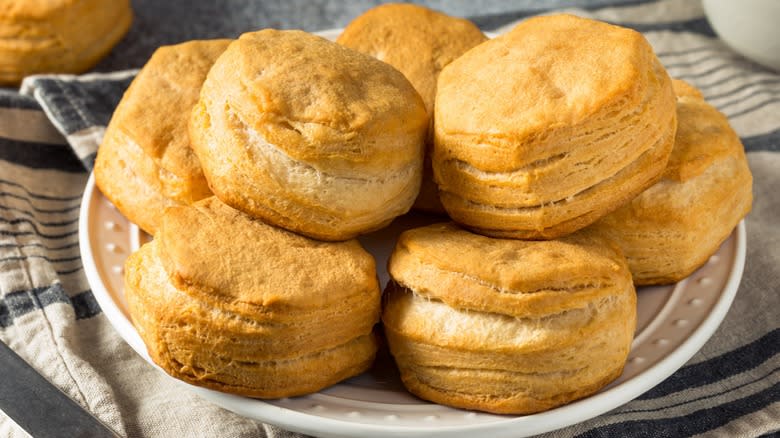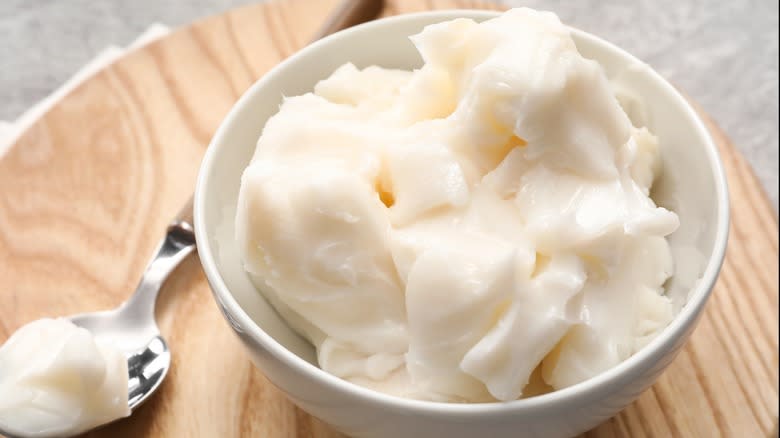Butter Vs Lard: Which Is Best For Biscuits?

In the quest for biscuit perfection, the choice between butter and lard extends beyond the realm of personal preferences. It's a culinary decision that shapes the very essence of your baked delights. Beyond the well-trodden paths of flavor and texture, there's a dynamic interplay of science and tradition that defines the butter vs. lard debate. Let's embark on a journey that goes beyond the basics, exploring the nuanced facets of these fats and how this choice can make a big difference when you're trying out a buttermilk biscuits recipe.
Biscuit connoisseurs often focus on the result of the baking process, the biscuits' flavor and flakiness. However, delving into the molecular dance between fat, flour, and leavening agents reveals a fascinating story. Butter, with its water content, contributes to steam during baking, creating those sought-after layers. On the other hand, lard's unique composition, rich in saturated fats, enhances tenderness, providing a different yet equally tantalizing texture. Understanding this intricate ballet offers a new perspective, transcending mere taste preferences and delving into the alchemy of biscuit creation.
Read more: 41 Must Try Hot Sandwich Recipes
Lard Comes Out On Top

Amidst the butter vs. lard debate, lard emerges as the unsung hero in the pursuit of biscuit perfection. While butter boasts its own merits, lard brings a unique set of advantages to the table that may sway even the most dedicated butter enthusiasts. Lard's higher smoke point is a game-changer in the baking world. This means that biscuits crafted with lard are less likely to succumb to premature browning, providing a wider margin for error during the baking process. The ability to achieve that golden hue without the risk of overcooking can be a decisive factor for those seeking baking confidence.
Moreover, lard's composition — primarily consisting of saturated fats which are comprised of larger crystals than those in butter — contributes to a tender and flaky texture that stands out. The distinct mouthfeel and tenderness it imparts to biscuits create a delightful eating experience, elevating them to a level of indulgence that goes beyond the ordinary.
In the butter vs. lard dilemma, it's crucial to appreciate the nuanced qualities that make lard a formidable contender. Its composition lends itself to a baking experience that is not only forgiving but also results in biscuits that may just tip the scales in favor of this underrated fat.
Read the original article on Mashed.


